Sometimes it’s hard to get the kids to abandon their Lego creations and leave the house for an outdoor adventure — especially as it gets colder and getting ready involves enough layers to make an onion proud.
But one place that meets remarkably little resistance in our family is the Roy H. Park Preserve.
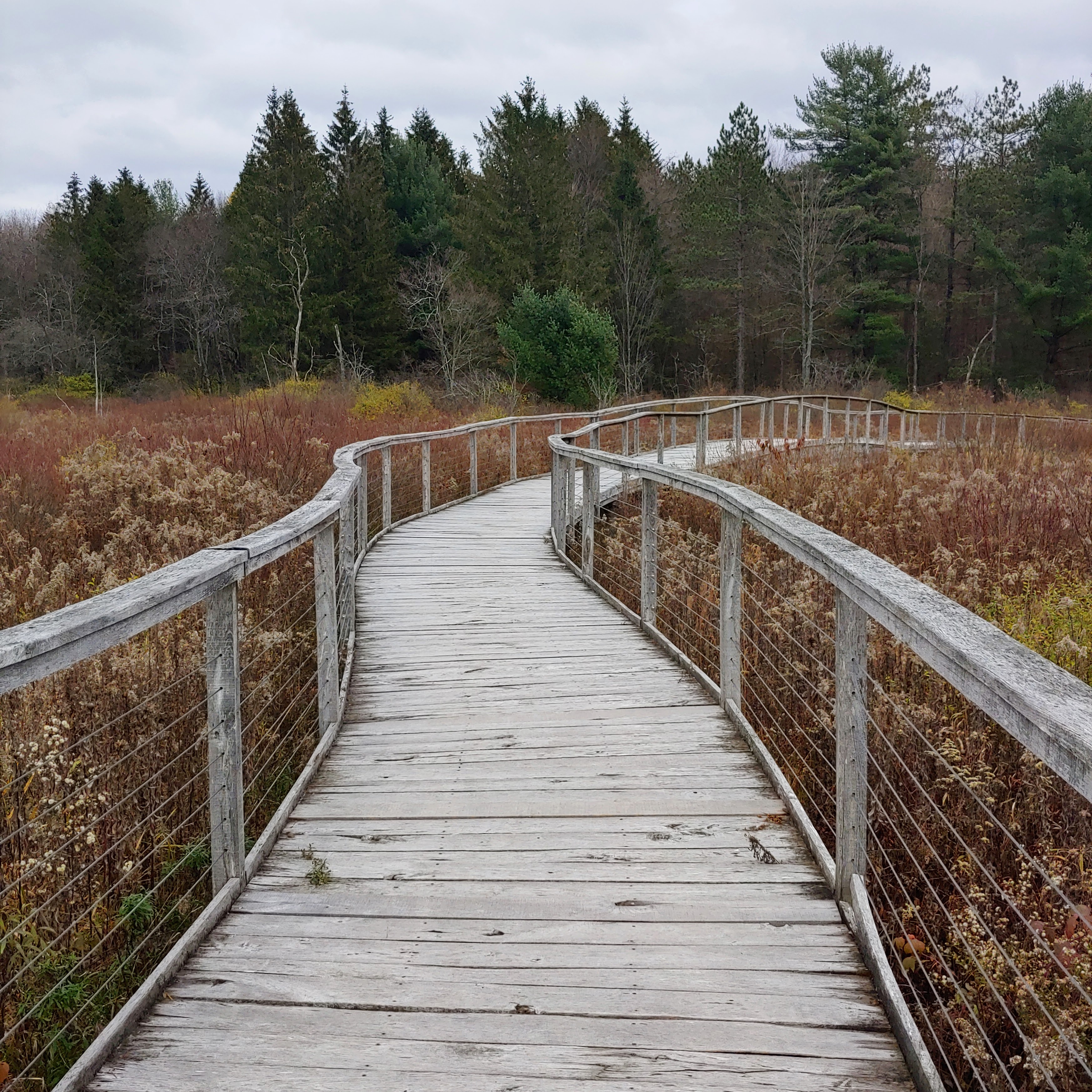
Intro to the Roy H. Park Preserve
Nestled in the hills of Dryden, about two thirds of the way between Ithaca and the village of Dryden, the preserve (which we sometimes call the “Park park”) offers 241 acres of varied terrain, including meadows, wetlands, forest, and sections of Six Mile Creek.
There’s always lots to see, including birds, beaver activity, small animals, fungi, mosses, and wildflowers. And you can wade in parts of the creek.
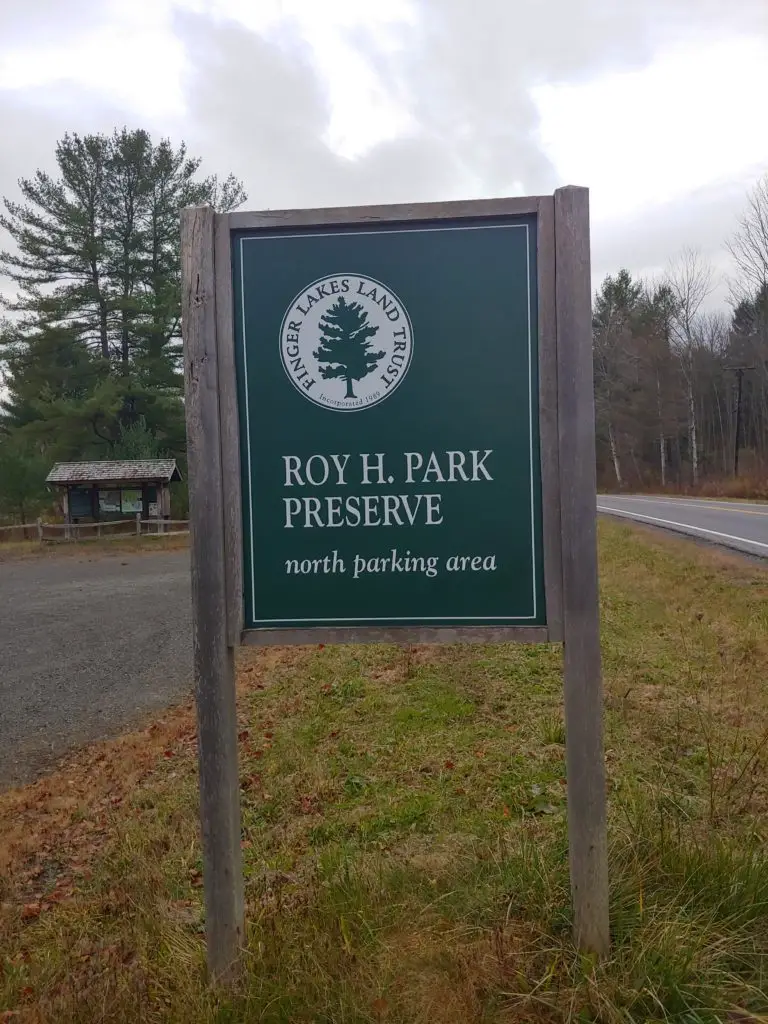
The preserve is part of a whole chain of other beautiful natural areas, as the Finger Lakes Land Trust explains:
The preserve borders Yellow Barn State Forest, Hammond Hill State Forest, and the Cornell Old 600 Natural Area, making it an important connector in a larger array of some 8,000 acres of protected lands. The preserve adds another gem to the “Emerald Necklace,” the Land Trust’s initiative to connect 50,000 acres of public open space around Ithaca, and is the first project linking two blocks of state forest in the necklace.
Finger Lakes Land Trust
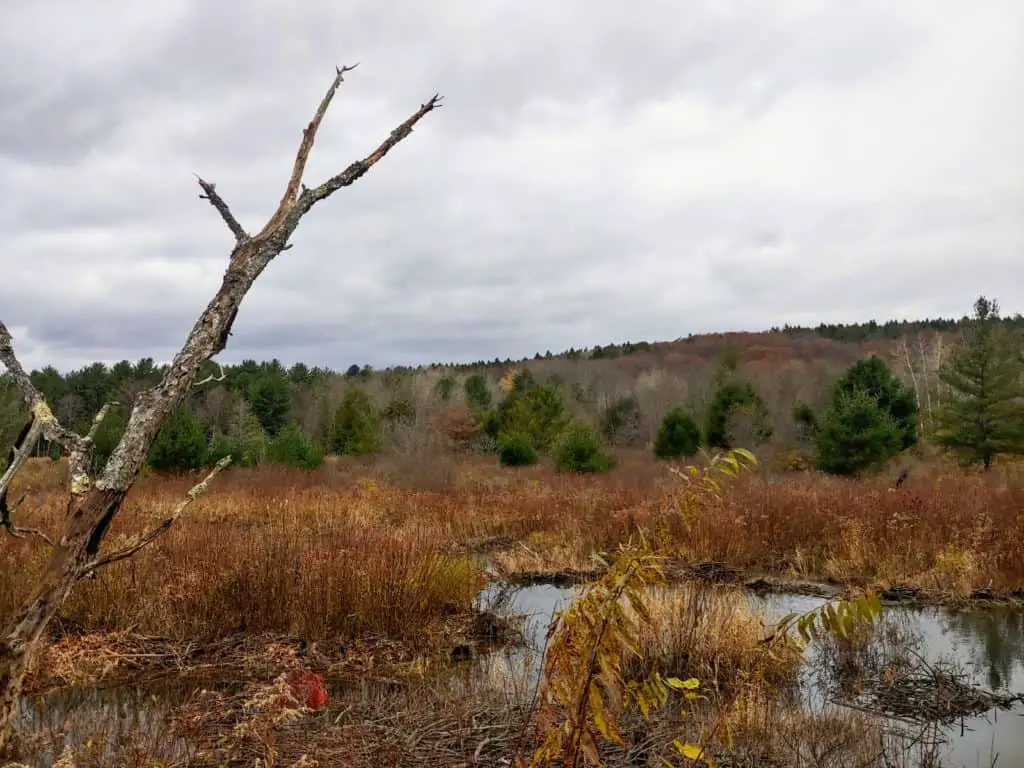
The preserve and its neighboring protected lands also help protect Six Mile Creek, which is the drinking water source for the City of Ithaca. 5350 feet of Six Mile Creek flow through the preserve, and 2600 feet along its boundary.
Exploring the Roy H. Park Preserve from the northern parking lot
The Roy H. Park Preserve has two distinct sections, accessible from the north and south parking lots off Irish Settlement Road. They’re both different enough that I decided to cover them in separate blog posts.
Today’s post is about the kids’ favorite part, the newer, north section with its long boardwalk. (The south section, which I’ve covered here, features a loop trail and some nice surprises.)
While both parts are popular with locals and people walking their dogs (only on leash is allowed), neither has ever felt overrun, and sometimes we hardly see anyone else, depending on the weather.
The Finger Lakes Land Trust has put up an information booth at the gravel parking lot that explains the preserve’s history and importance as part of the regional watershed and shows some of the wildlife you may encounter.
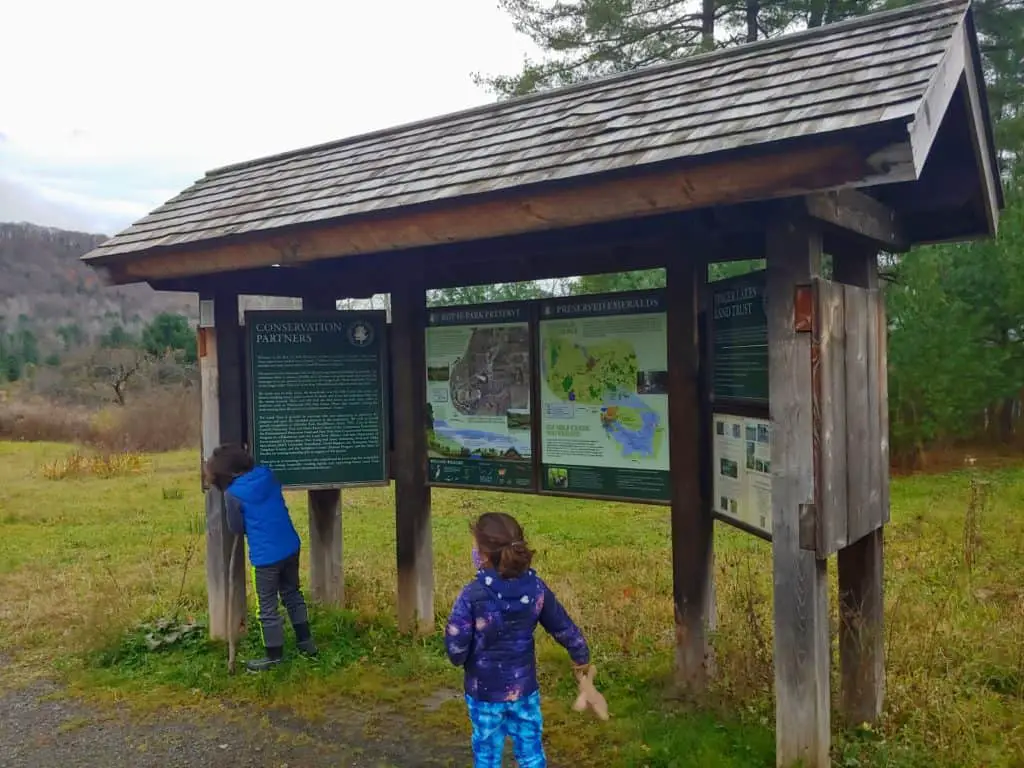
From the parking lot you walk down maybe 200 feet of gravel path to the beginning of the boardwalk, which leads over a stretch of wetland. Especially at the end of this short trail you can see evidence of beaver activity in and around the water. There are a couple of wooden benches along the way so you can rest and enjoy the scenery.
I like that it’s easy to make this as short or long a visit as we want. We usually start by promising to just visit the boardwalk and “then we’ll see.” By the time Max and Miki have made their way across it, they’ve realized that they really do want to play outside.
For further exploration we usually end up on the hiking trail that goes off to the left into the forest. It’s identified by round red markers on the trees. The trail is 2.5 miles out and back, with an elevation change of 262 feet if you go the whole way.
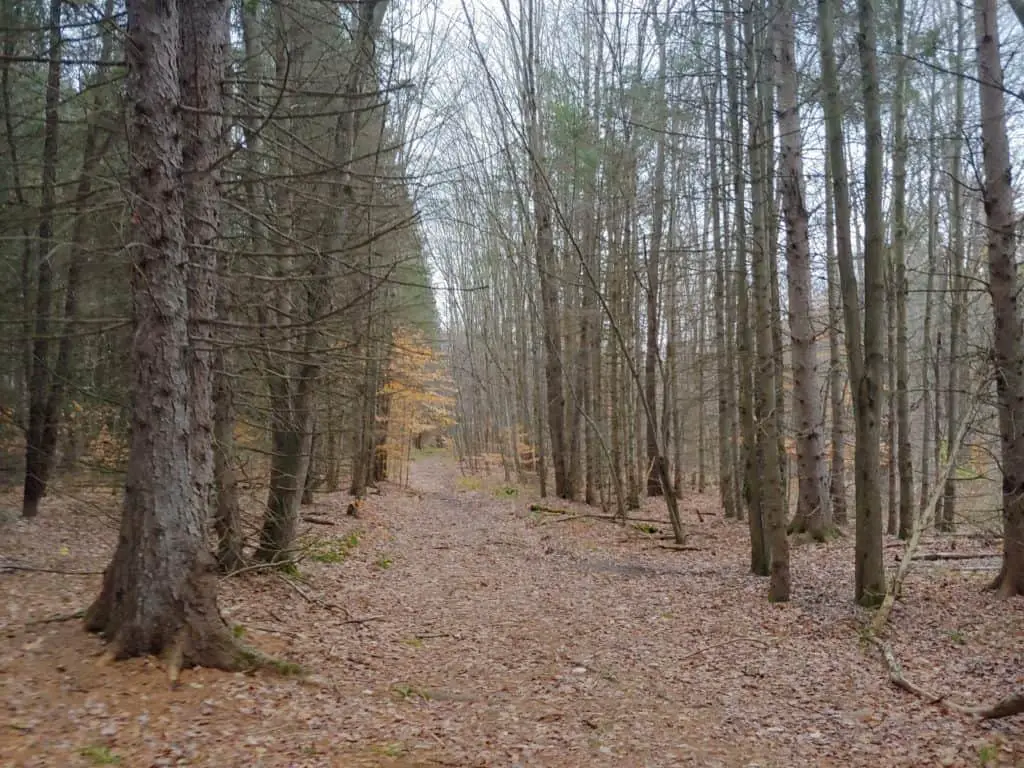
It starts out pretty flat and easy; just keep an eye out for the many tree roots crossing the path. Later it starts rising up the hill.
When the ground is covered in leaves or snow, it can occasionally be a little tricky to spot the trail, but just keep looking for the red markers. Or rather, appoint your kids the official marker finders, which will keep them moving right along.
Sections can be muddy, depending on the season, so plan your footwear accordingly.
In the summer consider water shoes, because you’ll be walking parallel to Six Mile Creek near the beginning of the path. It’s shallow enough to play in.
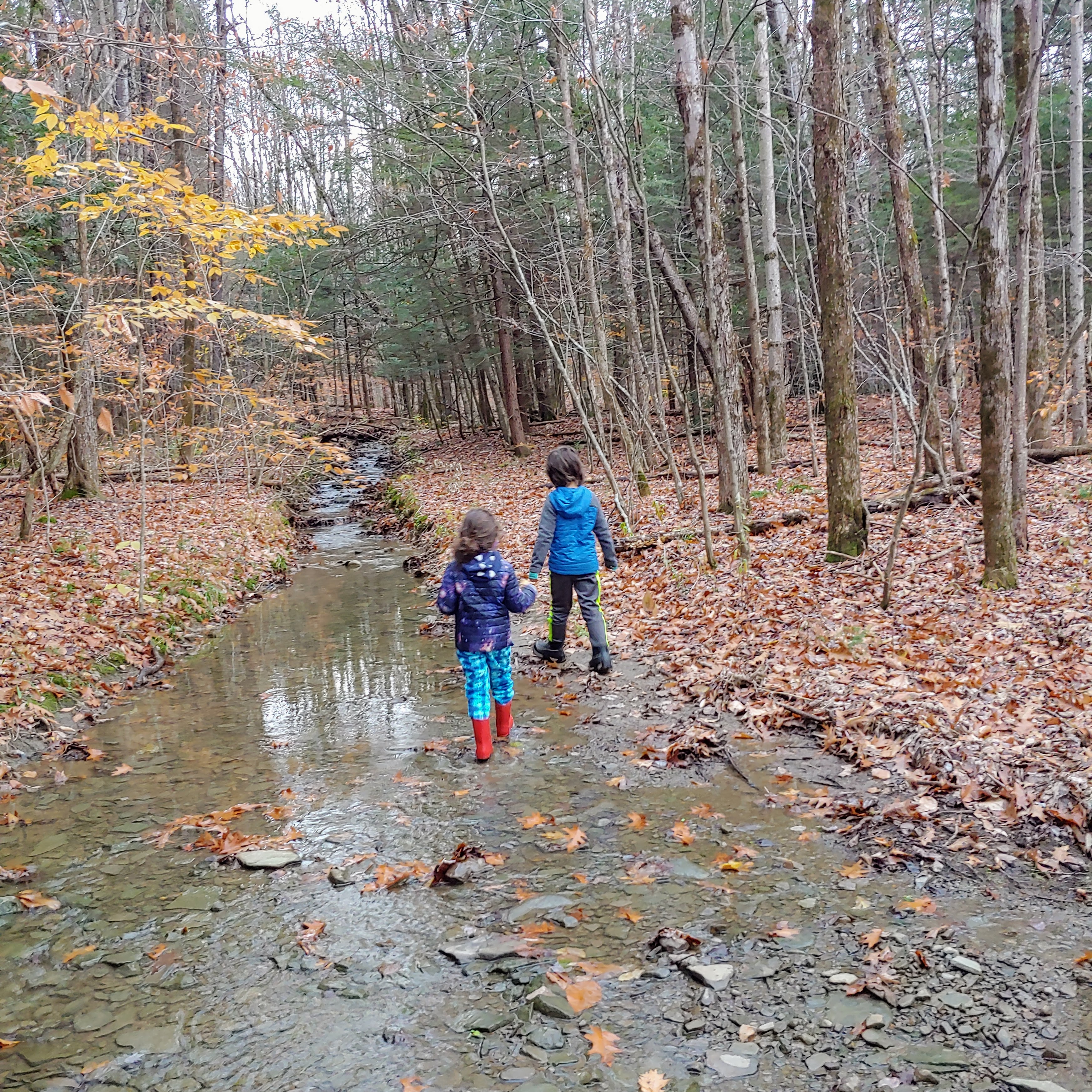
We’ve never followed the path to the end, but eventually it connects to Hammond Hill State Forest and some 20 miles of multi-use trails. The trail ends on Hammond Hill Road, which you follow right for a short distance until you reach the Hammond Hill State Forest trail loop.
Even though the trail is in and back, it never feels boring. There’s just too much to see: colorful fungi, lichens, mosses, wildflowers changing through the seasons…
We usually also carry our binoculars to spot interesting birds, including great blue herons and various thrushes and warblers, and other wildlife such as salamanders and frogs, turtles and fish.
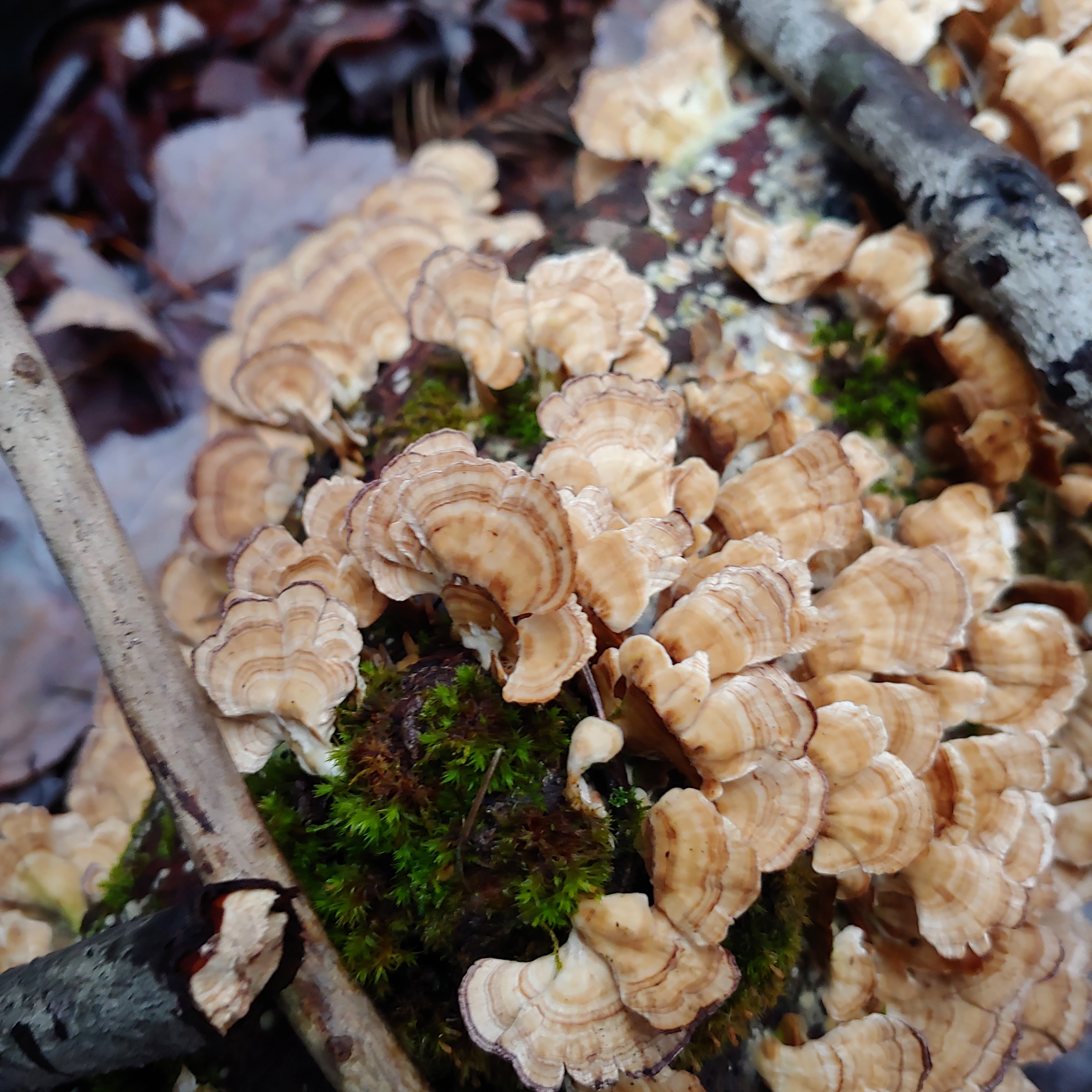
Additional information
- Accessibility: While the preserve’s website states that the boardwalk is “universally accessible,” there is a gravel path with a downward slope leading down to it. According to one review I read, however, wheelchair wheels can/will get stuck.
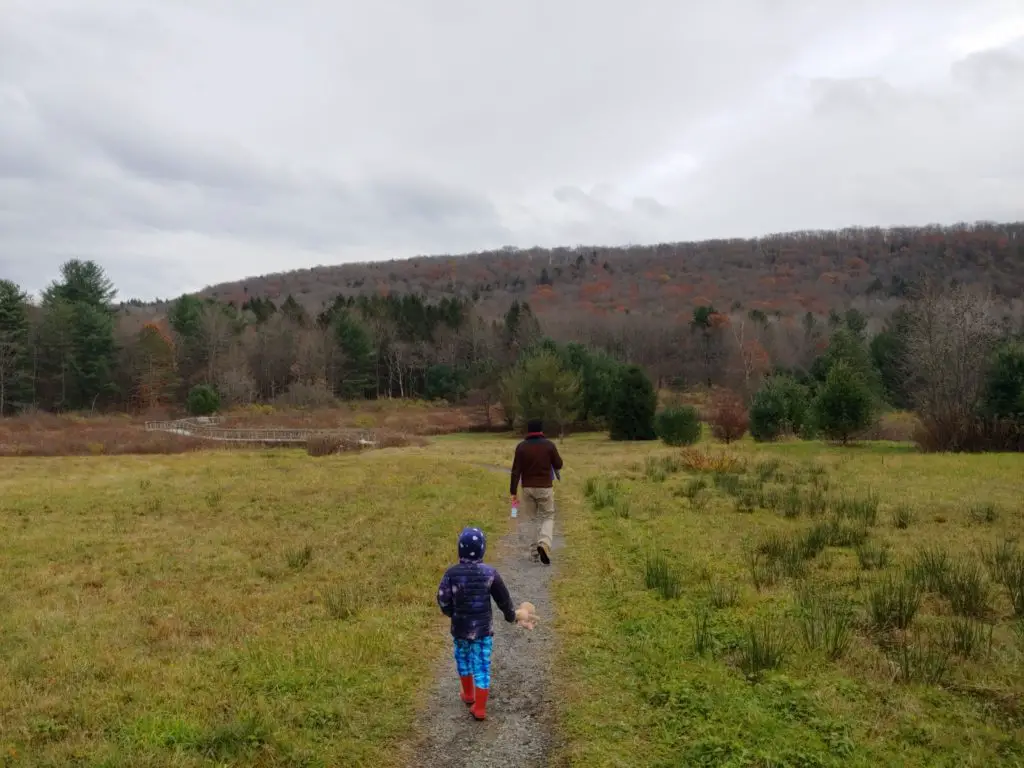
- Swimming is prohibited. (As are biking, horses, fires.)
- While hunting is not allowed on preserve land, it is on surrounding parcels. During hunting season consider wearing bright vests.
Who was Roy H Park?
The preserve was formed out of four land tracts, two of which were given or sold at a greatly reduced price by Frank and Blythe Baldwin in 2007. Other tracts were added with community support.
One of the biggest gifts that helped establish the preserve from four tracts was given the daughter of Roy H. Park. She wanted to memorialize her father, who was a media executive and entrepreneur.
Born in 1910 in Dobson, North Carolina, Roy Hampton Park moved to Ithaca in 1942 for a job with the Grange League Federation (which later merged with another company to become the agricultural business Agway).
Trained as a writer and marketer, he was a driving force behind the company that launched the original Duncan Hines cake mixes, came up with innovative ways of promoting cotton, and assembled a media empire.
By the time of his death in 1993, his company, Park Communications consisted of 21 radio stations, 7 television stations, and 144 publications, reaching a quarter of American households.
The Park Foundation he created in 1966 to support his philanthropic interests continues to this day and funds causes in education, public broadcasting, and the environment.

Things to do nearby
You could combine a shorter visit to the boardwalk with a hike around the loop and a visit to the heart wall off the south parking lot of the Roy H. Park Preserve.
For a slightly more challenging loop, consider Ringwood Ponds, or check out the trails of varying lengths at the Lime Hollow Nature Center in Cortland.
What’s your favorite part of the Roy H. Park Preserve? Please share in the comments below.
PIN THIS POST FOR LATER:
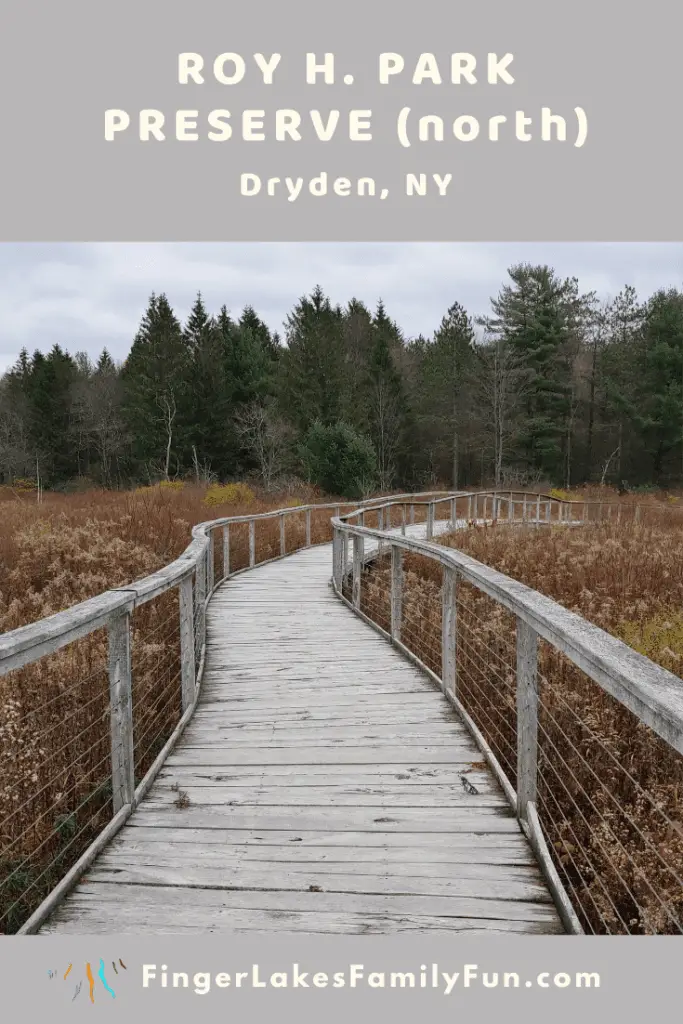

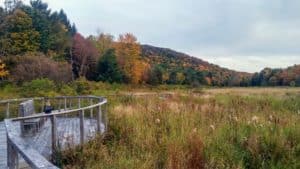




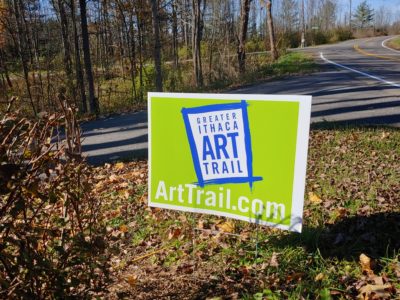
 Pita Gourmet: 25 years of Authentic Lebanese Food in Cortland, NY
Pita Gourmet: 25 years of Authentic Lebanese Food in Cortland, NY
Leave a Reply